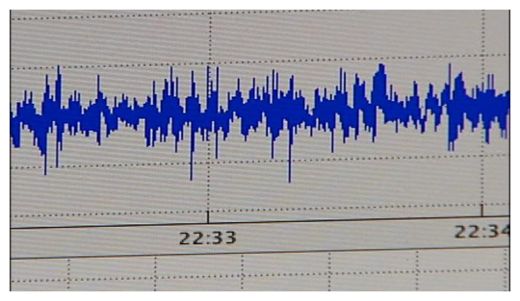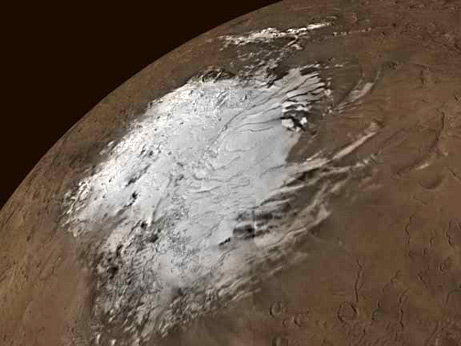
© News9.com
Edmond - It's the question being asked across the state. Why are so many earthquakes rocking Oklahoma? Four hit Edmond Monday.
The answer may come from California.
A group of geophysicists are studying what they're calling "induced earthquakes," or quakes caused by human activity. The number of earthquakes to hit parts of Oklahoma have skyrocketed since 2009.
"It was a little unnerving," said North Edmond resident, Ken Janz.
The number of earthquakes felt over the last few years in Oklahoma have without a doubt been unusual. But, for Edmond resident Ken Janz and his family, it's almost becoming the norm.
The latest earthquake was a 3.3 magnitude around 3:15 Monday afternoon outside Edmond.
"It didn't sound like the last earthquake I was in, it was more just a loud boom, house shook momentarily," said Janz. "I thought maybe a tree or something had fallen over and hit the house."
"We've been aware of earthquakes caused by human activity for many, many, years," said California Research Geophysicist, Justin Rubinstein.


Comment: What happened in the Philippines as a result of the recent typhoon is tragic. It is therefore also important to direct the focus where it belongs and not use this loss of life to propagate false ideas about climate change.
Warming has occurred, also on some of our neigbouring planets such as Mars, but that warming has stopped here on planet Earth and it looks more like a global cooling is on the cards as the activity on the sun is getting eerily quiet.
As for the Philippines, the lack of sufficient infrastructure has more to do with the extent of the damage seen than global warming, and that lack of sufficient infrastructure is in no small amount due to the in all but name colonial exploitation of the Philippines by the ponerological elite of the world.
Rising global temperatures on Mars melt hints at solar-system-wide, not human, cause for warming
German scientists: Solar cycle 24 points to Dalton or Maunder-like minimum, boding ill for a climate cooling
Shock Doctrine in action: Anglo-Saxon elites send warships, destroyers and special forces to 'protect' crisis-hit Philippines